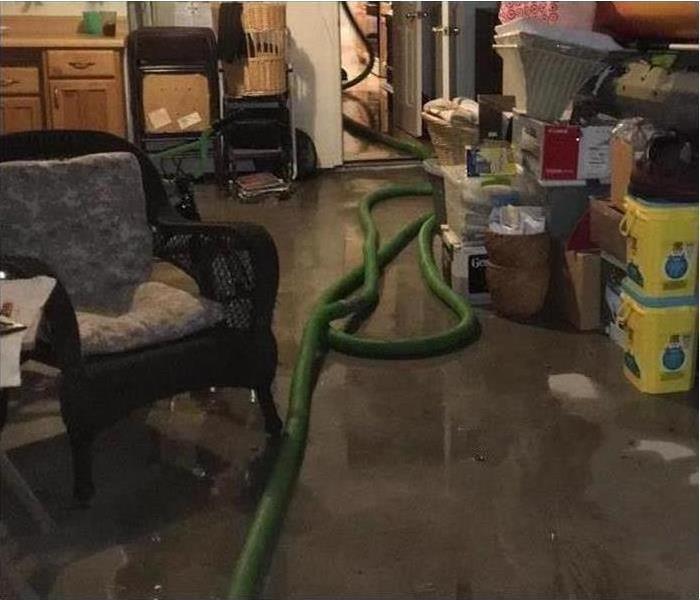After a Flood, Don’t Forget About Your Home’s Crawl Space
3/1/2022 (Permalink)
No homeowner wants to have to deal with a messy and damaging flood. Still, high waters routinely damage or destroy Brevard homes. If your house has been through a home flood, salvaging personal keepsakes, furniture and valuables may be high on your priority list. Still, you can’t forget about the areas beneath your home.
Drain Standing Water Quickly
If your home sustains flood damage, you may find yourself feeling a bit frazzled. While stress is common in emergency situations, you should not let it distract you from draining standing water as soon as possible. Simply put, the longer water remains inside your home, the more storm damage you can expect. Here are ways to effectively remove standing water:
- Inspect the crawlspace for signs of water seepage
- Check your sump pump to ensure it is working properly
- Add additional pumps to rapidly remove water
- Employ fans and ventilation techniques
- Ask for professional assistance to seal wet areas
Apply the 48-Hour Rule
As you probably know, mold and mildew can grow quickly after a home flood. These can easily destroy the comfort, appearance and value of your residence. To mitigate mold growth, plan to remove excess moisture within 48 hours. Note, though, that moisture has a way of working its way into hidden places in your crawlspace. That is, even if the space seems dry, parts of it may remain wet. Rather than leaving the condition of your home to chance, work with a qualified restoration company. Mold removal specialists can assess your home’s risk and work to contain unwanted mold growth.
Following a home flood, your living area may be your primary concern. You cannot, however, afford to forget about the crawlspace beneath your house in Brevard County. With a bit of effort and the right restoration team, you improve your odds of returning your home to its pre-flood condition.






 24/7 Emergency Service
24/7 Emergency Service
